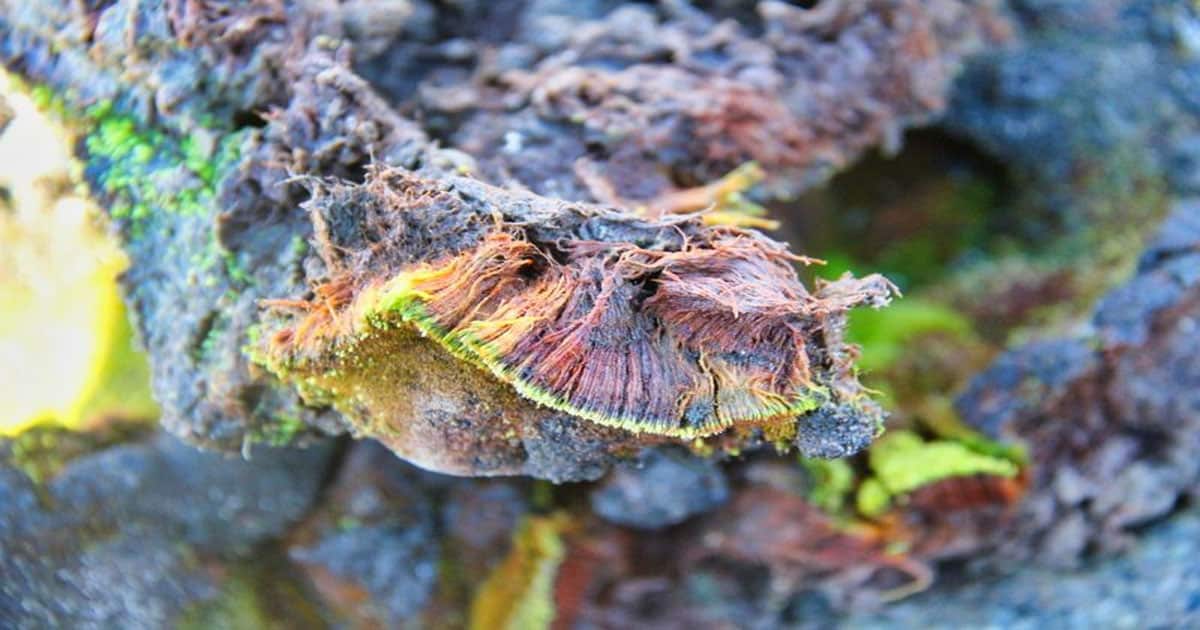For the first time since the launch of its first research station in Antarctica four decades ago, Indian scientists have discovered a new plant species.
The specimen of the moss species was originally contained in 2017 during India’s 36th expedition to the icy sheaths of Antarctica but it took five long years to determine that it was an entirely unique kind. The arduous process of identification involved the collection of samples, and then five years of sequencing DNA and comparing its forms.
Biologists, who are based in the Central University of Punjab have named it Bryum Bharatiensis after Goddess Bharati, the Hindu deity who also lends her name to one of India’s Antarctic research stations.

Particulars of the species were published in ‘Journal of Asia-Pacific Biodiversity,’ a leading international journal.
Professor Felix Bast, one of the biologists who were a part of the six-month-long expedition, discovered the species, dark green in color, in January 2017, at Larsemann Hills located close to Bharati, one of the remotest research stations in the world. He was intrigued by the survival of the species in Antarctica’s rock and ice landscape. Further observations determined that the moss mainly grew in areas where penguins bred in large numbers since their feces contain nitrogen.
“Basically, the plants here survive on penguin poop. It helps that the manure doesn’t decompose in this climate,” Prof. Bast said BBC.
However, it is yet to be researched how the moss survives through Antarctica’s six-month-long winters when there is no sunlight and temperatures drop as low as -76C. The initial hypothesis indicates that the moss dries almost to seed, in a dormant stage, during the winters and begins to germinate again during summer in September when it starts getting sunlight.
“Antarctica is getting greenified. Many temperate species of plants that previously could not survive in this frozen continent are now seen everywhere because of the warming up of the continent,” said the professor.
This whole thing is actually a matter of concern about the alarming effect of climate change on Antarctica. The scientists have been observing melting glaciers, crevasse-infested ice sheets, and glacial melt-water lakes on top of ice sheets, during the expedition.

